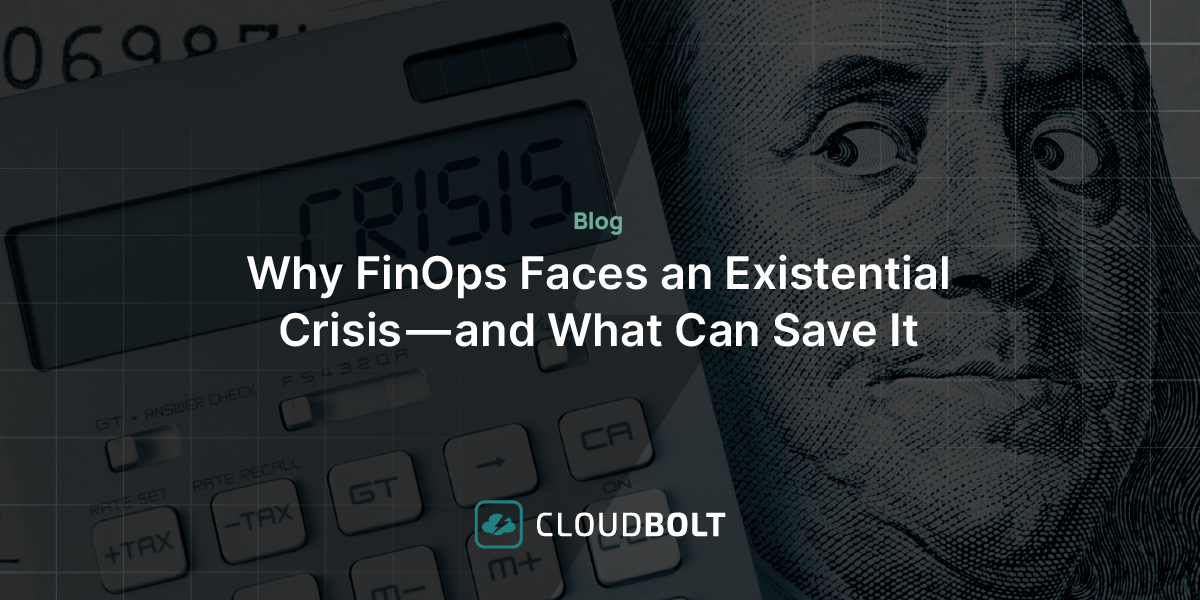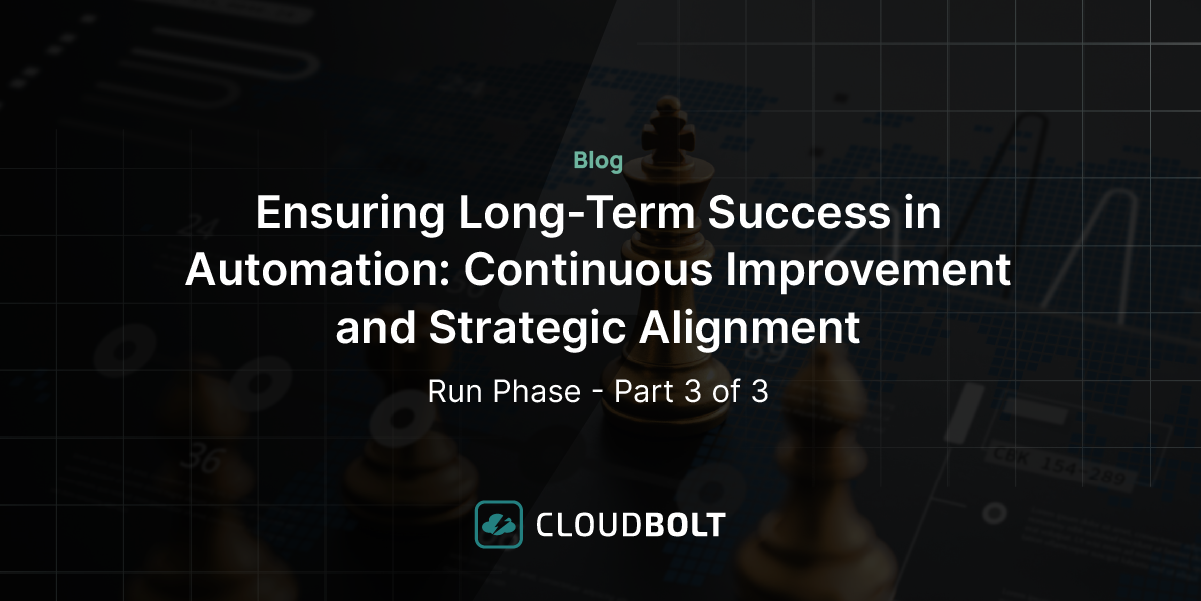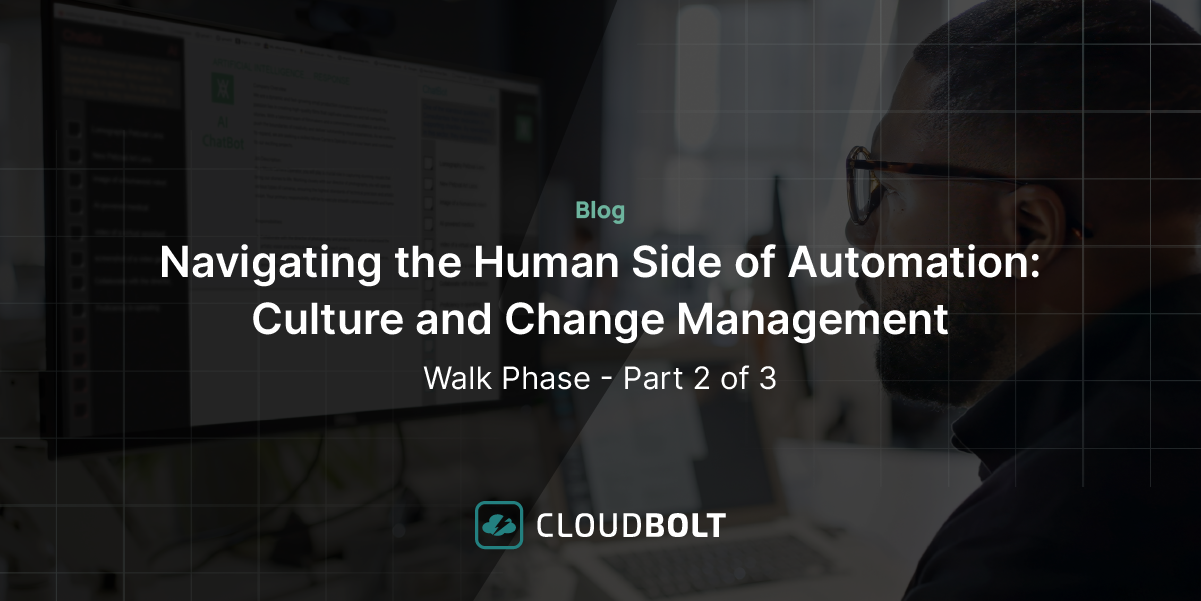Calculating ROI from Hybrid Cloud Strategies
Calculating the return on investment (ROI) for any digital enterprise initiative is tricky. There are so many factors to consider, most of which involve a decision to invest in new digital resources vs sticking with current approaches. The analysis is typically informed by asking, “What business value will be advanced by a new approach?”
By using an either/or approach, you might consider the cost of deploying your infrastructure in a public cloud vs the equivalent of those resources on premises. Hybrid cloud means choosing the right-fit environment for the workload, so this is a good start.
When making the ROI calculation, consider the cost for the resources as well as the time to deploy them in the cloud or on-premises. Your goal is to identify quantifiable savings. However, don’t dismiss that some of your choices might take less time and cost less while not achieving the innovation that you’re really looking to get. Make sure that in addition to time and cost factors, elements like the experience of the users in your environment or the future benefits from adopting a system might cost more in the beginning but have a better long-term benefit.
Getting a lower cost and shorter time-to-value is important but it’s far from the whole picture. Let’s look at the following summary of key analysis factors as you consider possible outcomes for hybrid cloud ROI.
Public Cloud vs Public Cloud
Shopping for a public cloud provider for your hybrid cloud strategy is not going to be easy. Recently, all three major public cloud providers have claimed “all-in” to hybrid cloud. Microsoft Azure boosts its Azure Stack for data center development for enterprises. Google recently released Google Kubernetes Engine (GKE) On Prem to help enterprises manage Kubernetes clusters anywhere. Amazon Web Services (AWS) at their recent re:Invent 2018 conference released AWS Outpost, for providing their cloud experience on-prem.
Consider that choosing one over the other might also be influenced by a strategic position of your organization or the public cloud providers. If you’re a big retail customer, for example, you might not want to invest in AWS because of its obvious connection to Amazon’s online shopping business. In another case, your staff might be partial to a Microsoft Windows environment and would lose out on the expertise that might get underutilized in another public cloud environment.
Public Cloud vs Data Center
For a new business, IT at your fingertips in the cloud that scales on demand will probably be your best bet. In this case, you would then do the analysis in the previous section and pit the public clouds against each other. On the other hand, most large enterprises that have been in business for a decade or so will have a more complicated analysis. Most of their IT departments would concede that they have over 50% of their infrastructure on premises in one or more data centers across the globe.
Adopting an incremental or trial and error approach seems to be what most organizations are doing with such a heavy on-prem footprint. Several of our customers have reported that they’ve moved infrastructure to the cloud only to move in back on-prem due to unexpected costs. They encounter security, control, or even a competitive factor like the one previously mentioned about a retailer not going with AWS. The ROI calculation would first start by comparing the cost to run services in a public cloud versus those same services on premises.
Hybrid Cloud Delivery
Here’s where it gets more complicated—the way that enterprise users consume resources to achieve digital business objectives. Enterprises with a deep bench in the IT department might have systems in place in which delivering cloud resources are tied to IT service requests. This is typically done through ticketing systems while provisioning is done by IT operations.
In a DevOps environment, the public cloud resources might be available as self-service within each cloud environment—responsibility and control are more distributed. A cloud delivery platform that connects to hybrid cloud resources for the entire enterprise can enable Self-Service IT and User Empowerment that can have an incredibly positive effect on ROI.
Other factors to consider in the time-to-value consideration of ROI, include complexity versus ease of use for any system in place. as well as Extensibility to Future and Legacy Technology.
CloudBolt provides a single platform for hybrid cloud delivery that enables significant ROI for faster time-to-value and the ability to empower end users to innovate without being tied up in the complexity of configuration in multiple clouds.
Related Blogs

Why FinOps Faces an Existential Crisis—and What Can Save It
As a technology leader of twenty-five years, I have worked on many solutions across a variety of sectors. These solutions…

